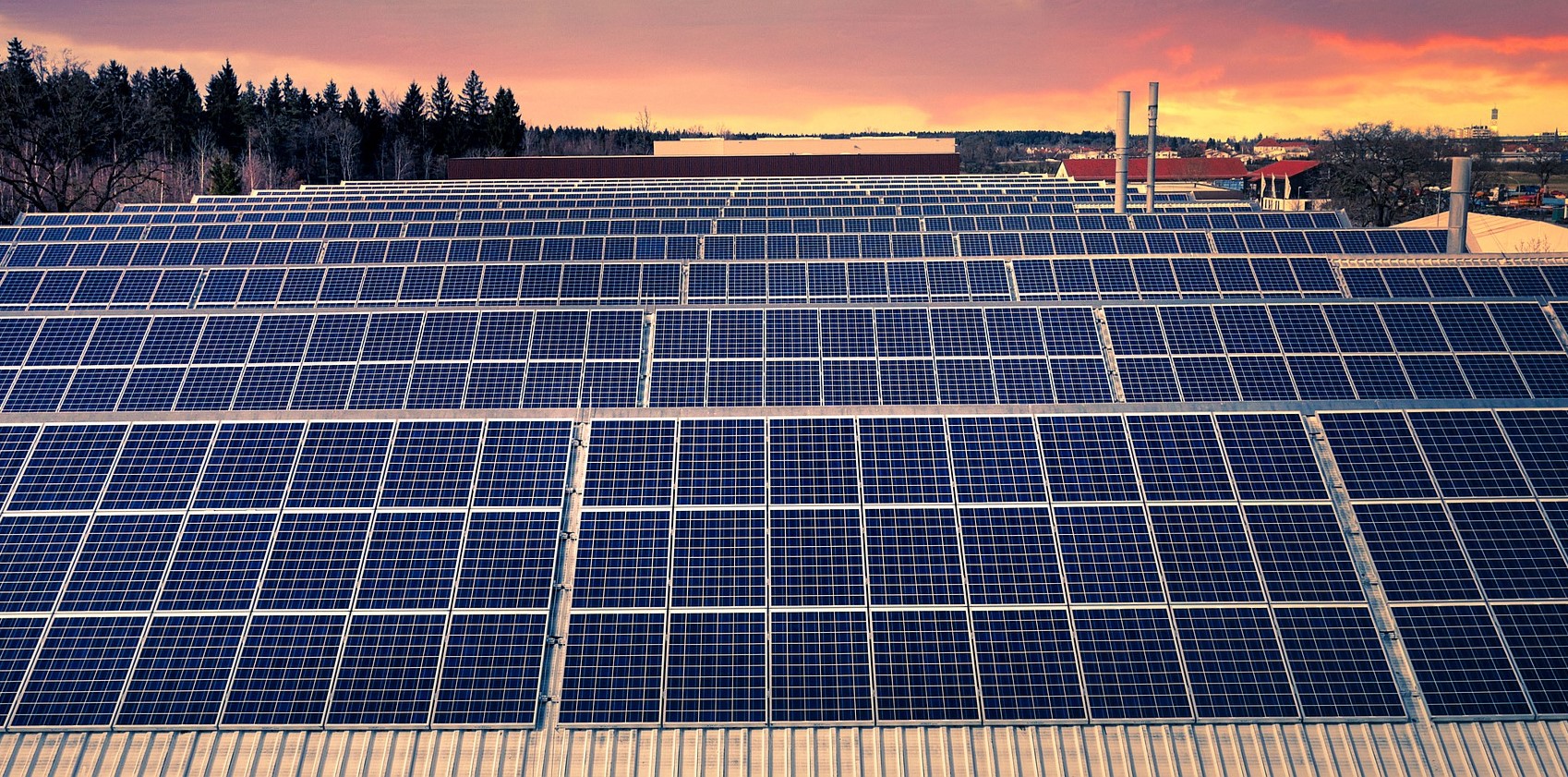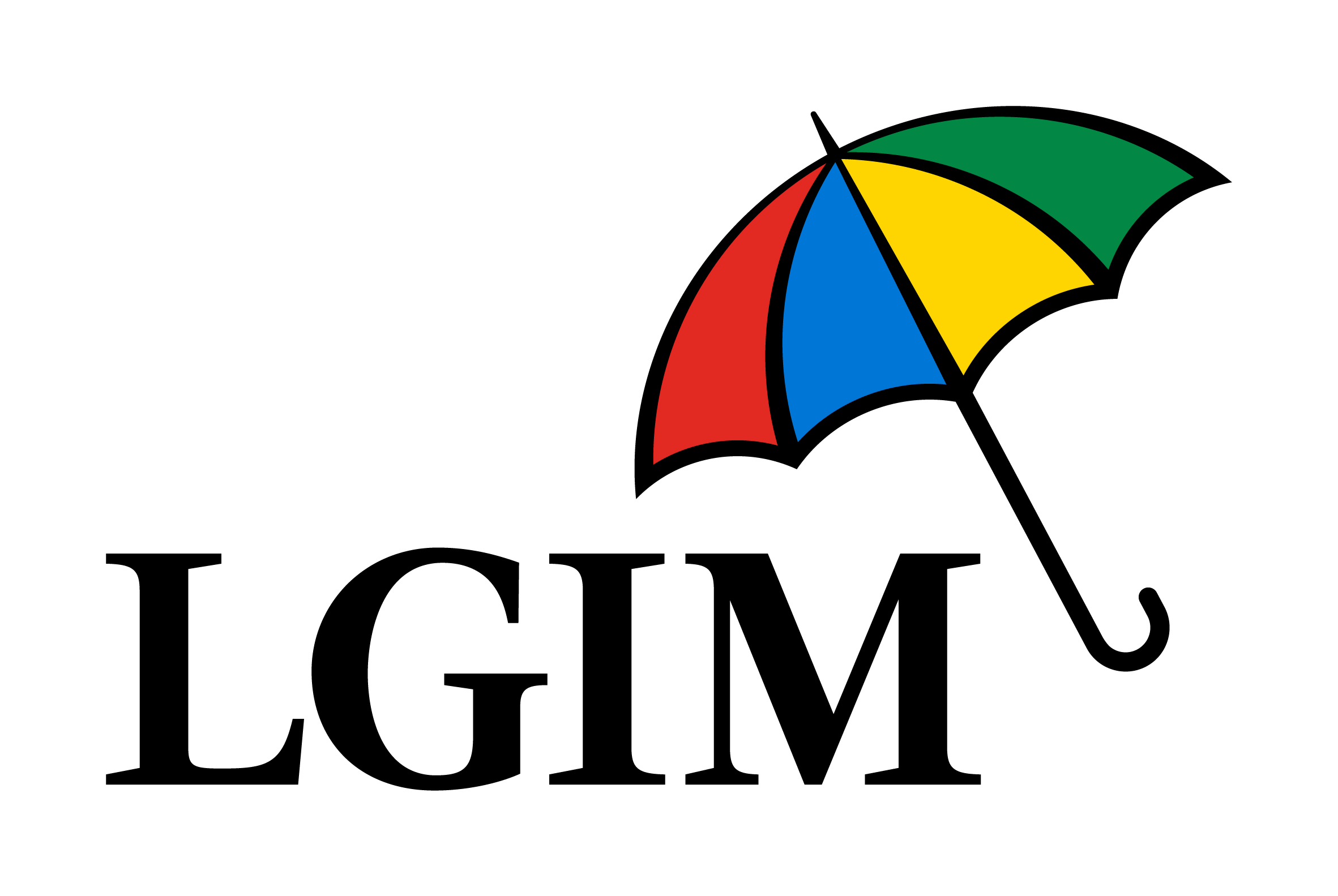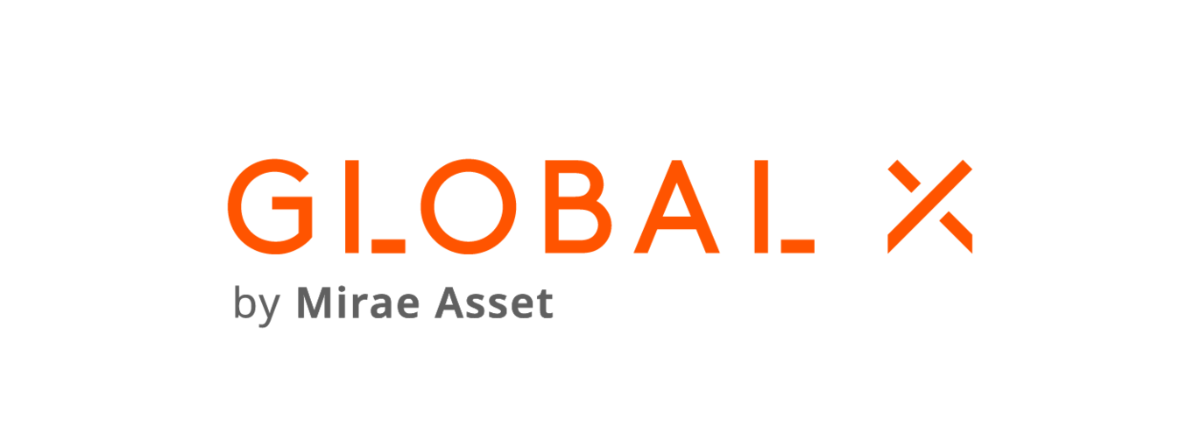Clean energy ETFs are on track for another rough ride in 2024 as factors that led to their poor performance last year look set to continue.
The megatrend was one of the worst performing in 2023, despite a stellar year for some tech-focused ETFs, as oversupply in certain sectors and interest rate sensitivity dragged on energy transition stocks.
Encapsulating this, the clean energy posterchild – the $3.6bn iShares Global Clean Energy UCITS ETF (INRG) – sunk to three-year lows last year, ending 2023 -20.5% down.
It means INRG notched up its third straight year of negative returns after booking a hefty 144.3% gain in 2020 when the election of Joe Biden and the roll-out of the Inflation Reduction Act delivered a boost to renewable energy investment.
INRG was not alone however, with all but one of the eight clean energy ETFs with full-year returns posting double-digit losses for 2023.
Some now believe the theme could be lining up for another rough year, with many of its headwinds still firmly in place, while its dismal early year-to-date performance has left fund selectors with little hope of a turnaround.
Chart 1: Clean energy ETF losses in 2023
ETF | Ticker | 2023 performance | YTD performance |
|---|---|---|---|
CCLN | -32.8% | -3.7% | |
INRG | -20.5% | -8.6% | |
NRJC | -18.9% | -11.6% | |
FNRG | -17.3% | -10.4% | |
ZERP | -12.9% | -11% | |
GCLX | -11.4% | -11.6% | |
QCLN | -10.5% | -14.1% | |
RENG | -8.6% | -6.8% |
Last year’s lows were primarily driven by interest rates on the utility side and an oversupply in certain sectors such as solar, resulting in falling prices, according to Omar Moufti, thematic and sector product specialist at BlackRock.
As the Federal Reserve’s interest rate hiking cycle hit 22-year highs last July, many clean energy firms were stung by fixing their energy selling price at the beginning of their long-term contract, before projects commence.
Meanwhile, a huge influx in solar orders in 2020 were delivered in 2023, causing prices to plummet.
“Of the many factors we had in place last year, some are still in place, some are abating and others remain uncertain,” Moufti said.
“In 2020, there was a huge influx of new orders. New capacity was ordered to be built and a lot of that came through in 2023 and solar prices plummeted as a result.”
He added demand growth continues to be “very strong” but has not yet reached a point where it is catching up with supply enough to turn around the sector’s fortunes.
“Our view is these dynamics may persist in the near term, while there is an indication the negative momentum is decelerating but not enough where demand is catching up with supply such that prices would improve for solar companies,” Moufti said.
INRG was a notable absentee from BlackRock’s recently published 2024 thematic outlook paper, with clean energy accounting for just 1% of its BGF Multi-Theme Equity fund.
“The interest rate side continues to be a bit uncertain so between all these elements, we do not have a sufficiently positive thesis on the market in the near term,” Moufti said.









